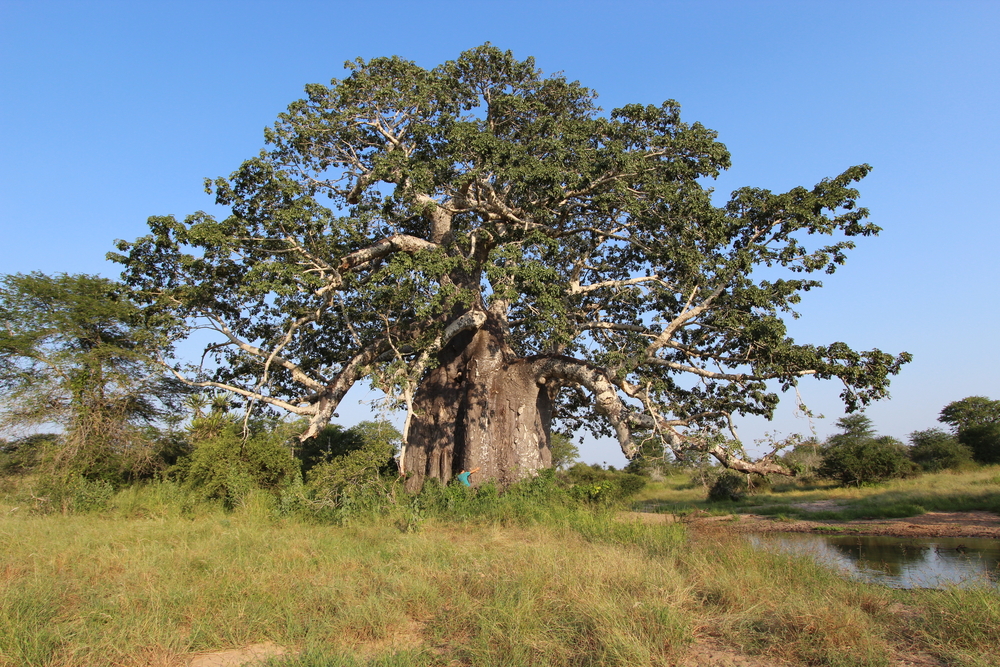Angola has 13 national parks. These parks are crucial for the conservation of Angola’s biodiversity, including its diverse ecosystems and wildlife.
About Angola National Parks
Although Angola is home to 8 national parks, civil war has decimated the majority of them leaving Quicama National Park as the main functional national park in the country. This park plays a crucial role in conserving the country’s remaining ecosystems and wildlife. The establishment of these parks is part of Angola’s efforts to protect its rich natural heritage after years of civil unrest, during which much of the wildlife was decimated. The national parks are distributed across various ecological zones, from the tropical rainforests in the north to the arid deserts in the south, offering a wide range of habitats for many species of flora and fauna.
One of Angola’s most popular and significant national parks is Quiçama National Park (Parque Nacional da Quiçama), located just 70 kilometers from the capital, Luanda. This park spans over 12,000 square kilometers (4,633 square miles)and is known for its elephant and antelope populations, as well as giraffes, zebras, and diverse bird species. Quiçama has become a symbol of Angola’s conservation efforts, especially after a successful wildlife repopulation initiative in the early 2000s called “Operation Noah’s Ark,” which reintroduced elephants, giraffes, and other animals that had disappeared during the war.
Iona National Park is a notable national park that is making a comeback following the challenges related to the civil wars. It is the largest national park in Angola and located in the Namib Desert. This park is renowned for its stunning landscapes of sand dunes, mountains, and desert flora, and it is home to rare species like the mountain zebra and oryx.
Angola’s national park efforts have made great strides in recent years. With the cessation of civil conflict, there has been a growing focus on rebuilding and protecting the country’s wildlife populations and ecosystems. Many of the national parks are still in recovery, but Angola has partnered with international conservation organizations to restore habitats, promote ecotourism, and strengthen anti-poaching measures. The parks not only serve as refuges for endangered species but also contribute to the country’s efforts to boost biodiversity and foster sustainable tourism.
Angola National Parks
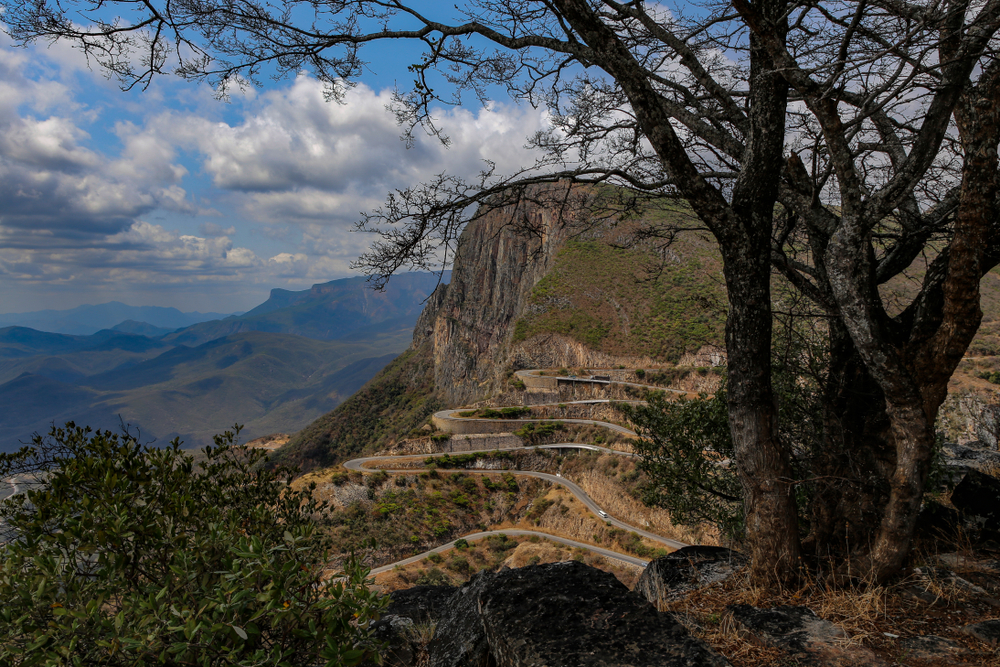
Bicuar National Park
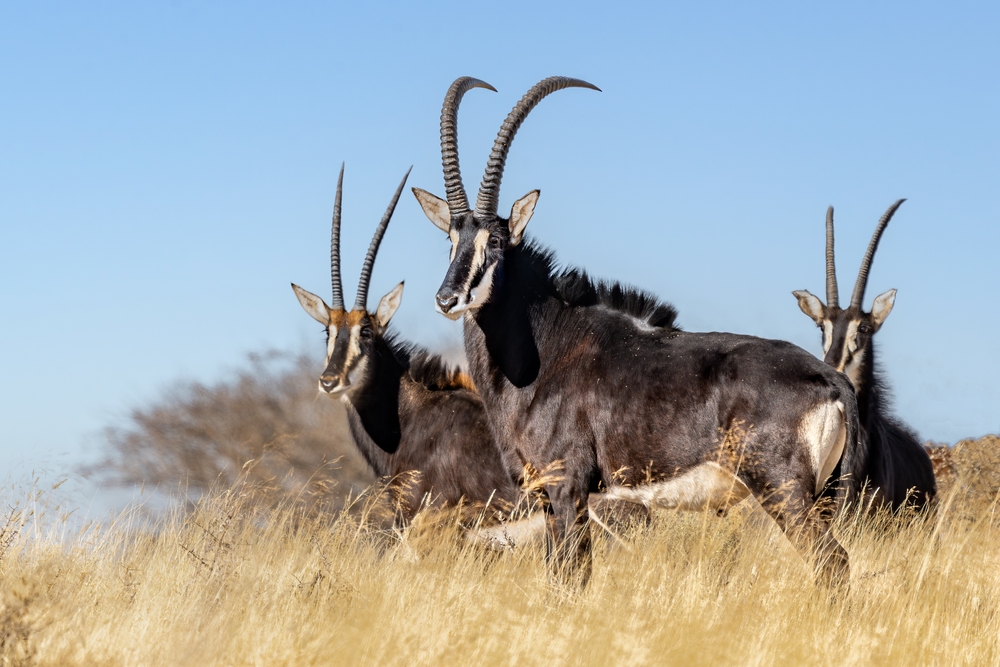
Cangandala National Park
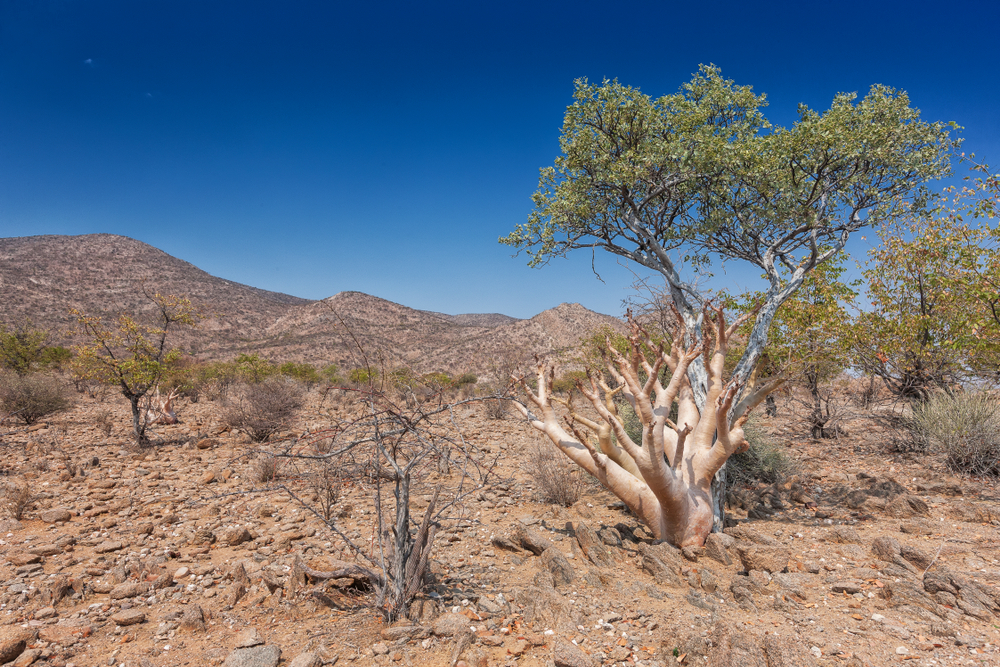
Iona National Park
Explore Now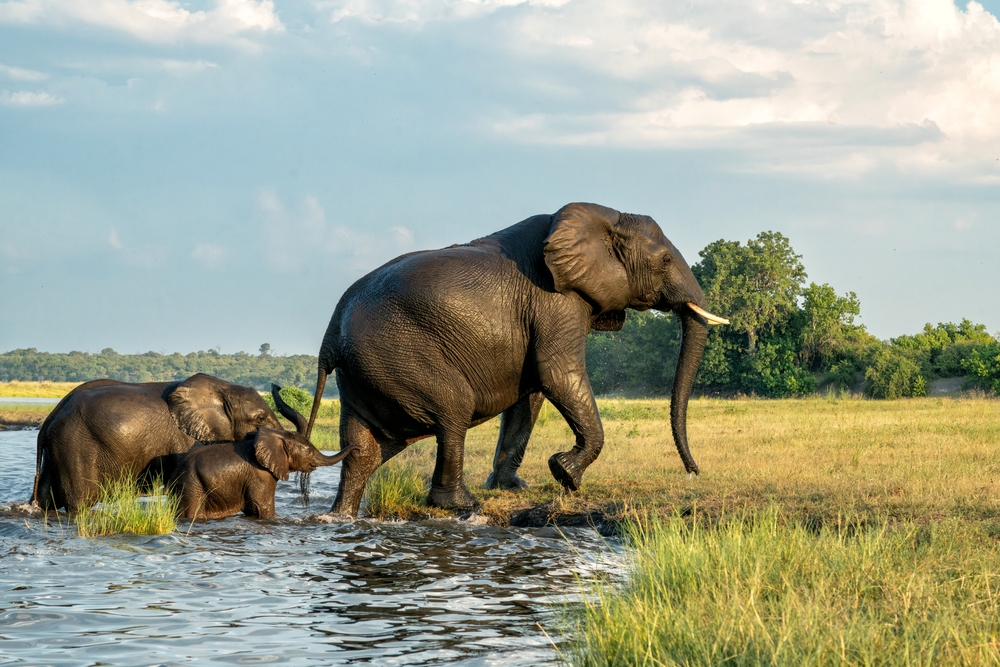
Longa-Mavinga National Park

Luengue-Luiana National Park
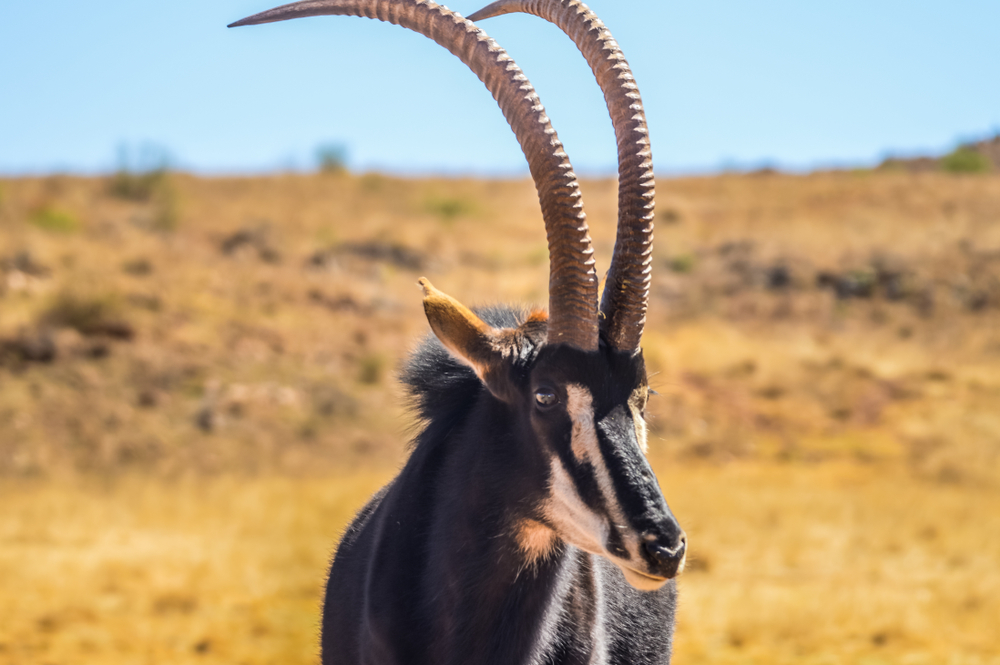
Mavinga National Park
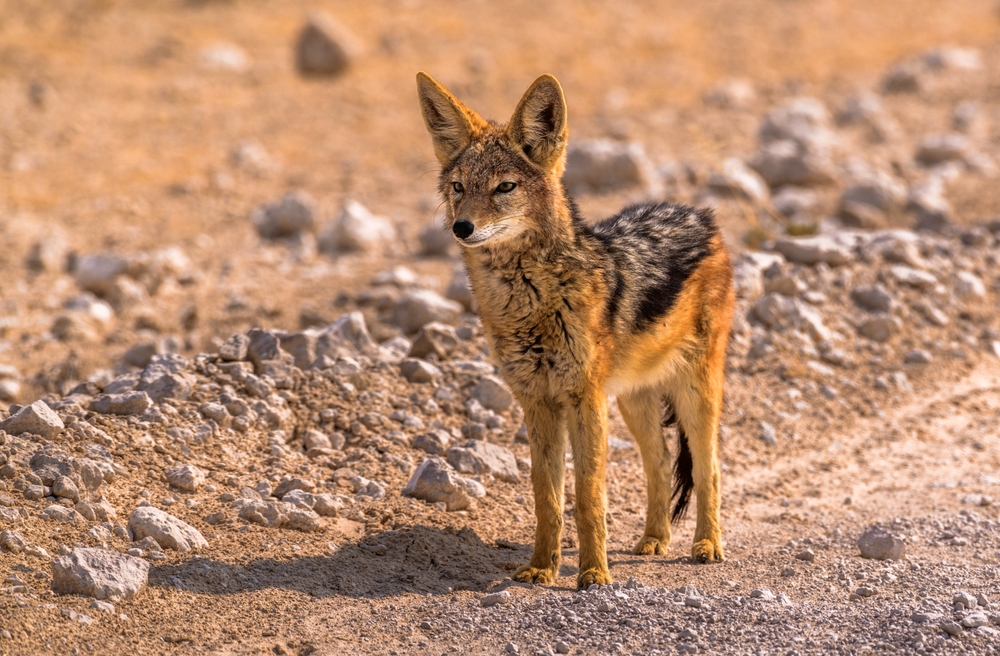
Mupa National Park
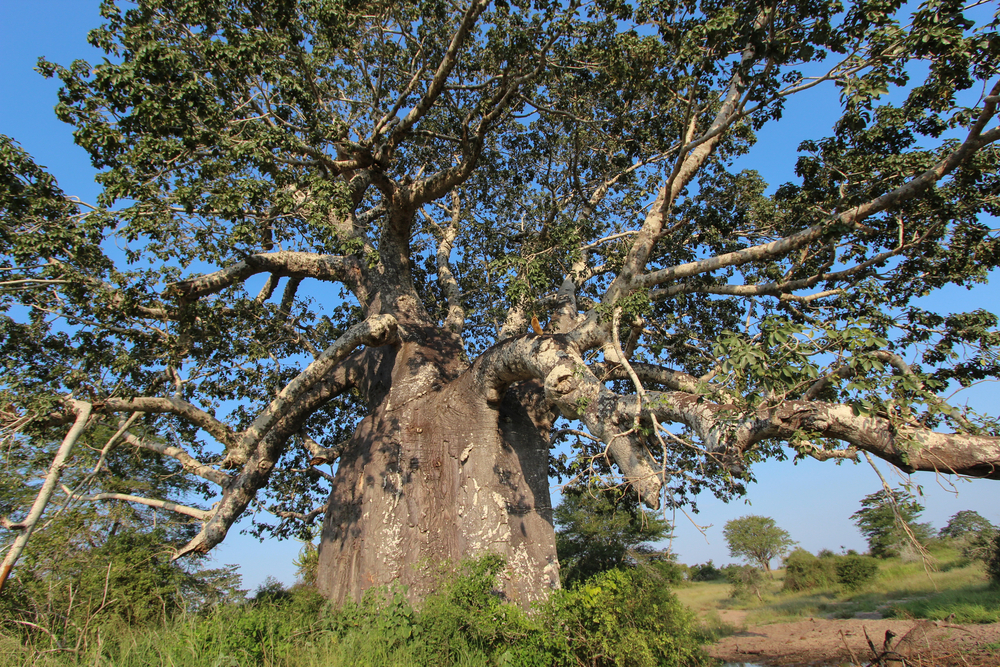
Quiçama National Park
Explore NowFAQ’s
1. How many national parks are there in Angola?
2. What is the largest national park in Angola?
The largest national park in Angola is Quiçama National Park, covering an area of approximately 9,960 square kilometers (3,845 square miles). It is located in the western part of the country, near the capital city of Luanda.
Quiçama National Park is known for its diverse landscapes, including savannas, wetlands, and forests, as well as its rich wildlife, including elephants, buffalo, antelopes, and various bird species.
3. What is the smallest national park in Angola?
The smallest national park in Angola is Cameia National Park, located in the Moxico Province in the eastern part of the country. Covering an area of approximately 1,420 square kilometers, Cameia National Park is relatively small compared to other parks in Angola.
Despite its size, the park is significant for its biodiversity, including various species of birds, mammals, and plants. It is characterized by savanna landscapes, woodlands, and wetlands, providing habitat for species such as elephants, antelopes, and various bird species.
Cameia National Park also plays a vital role in conserving Angola’s natural heritage and promoting eco-tourism in the region.
4. What was the first national park in Angola?
The first national park established in Angola was Quiçama National Park, established in 1957. It is one of the oldest and most renowned protected areas in the country.
Located near the capital city of Luanda, Quiçama National Park encompasses diverse ecosystems, including wetlands, grasslands, and forests, providing habitat for a wide variety of wildlife species.
Initially established to protect the region’s wildlife, particularly the iconic African elephant population, the park has faced challenges such as poaching and habitat degradation over the years.
However, efforts have been made to restore and conserve this important natural area, promoting ecotourism and sustainable development in Angola.
5. What is the most popular national park in Angola?
The most popular national park in Angola is Quiçama National Park (Parque Nacional da Quiçama). Located near the capital city of Luanda, it is one of Angola’s most accessible parks and is known for its repopulation efforts after years of civil unrest.
The park is home to elephants, giraffes, antelopes, zebras, and a variety of bird species, making it a major draw for eco-tourists and wildlife enthusiasts. Quiçama has also gained attention for “Operation Noah’s Ark,” which reintroduced species that had been lost during the war.
6. What percentage of Angola's land area is protected through official National Parks?
Approximately 6.6% of Angola’s total land area is protected under national parks, covering about 81,000 square miles (210,000 square kilometers). This includes the country’s 13 national parks, which represent a mix of landscapes, from savannas and forests to wetlands and coastal areas.
7. What other protected areas are there in Angola?
In addition to national parks, Angola has several other protected areas, including nature reserves, conservation areas, and game reserves.
Notable examples include the Luando Nature Reserve, established to protect the giant sable antelope, and the Iona Reserve, a large desert area that supports unique desert species.
8. What nature attractions does Angola have apart from National Parks?
Apart from its national parks, Angola offers several other nature attractions, including the Kalandula Falls, one of the largest waterfalls in Africa, and the Namib Desert in the south.
The Tundavala Fissure offers breathtaking views of deep cliffs and valleys, while the Cave of N’Jinga a Mbande offers a historical natural site tied to the legacy of Queen N’Jinga.
9. What species are endemic and unique to Angola alone?
Angola is home to several endemic species, including the giant sable antelope (Hippotragus niger variani), which is one of the country’s national symbols.
Other unique species include the Angolan giraffe and a variety of endemic birds, such as the Red-crested Turaco.
10. What is Angola's main international airport?
Angola’s main international airport is Quatro de Fevereiro International Airport (IATA code: LAD), located in the capital city, Luanda. It serves as the primary gateway for international flights into the country.
11. What international airline companies fly into Angola?
The following international airline companies fly into Angola, offering direct connections to various destinations:
- Air France
- Brussels Airlines
- Emirates
- Ethiopian Airlines
- KLM
- Lufthansa
- Qatar Airways
- Royal Air Maroc
- South African Airways
- TAAG Angola Airlines (the national carrier)
12. Who manages the national parks of Angola?
The national parks in Angola are managed by the Ministry of Culture, Tourism, and Environment. The governmental body responsible for overseeing the conservation and management of these parks is the Instituto Nacional de Biodiversidade e Áreas de Conservação (INBAC).
While there isn’t a dedicated website for all parks, information related to national parks can typically be found on the ministry’s website: http://www.mincult.gov.ao.








































































